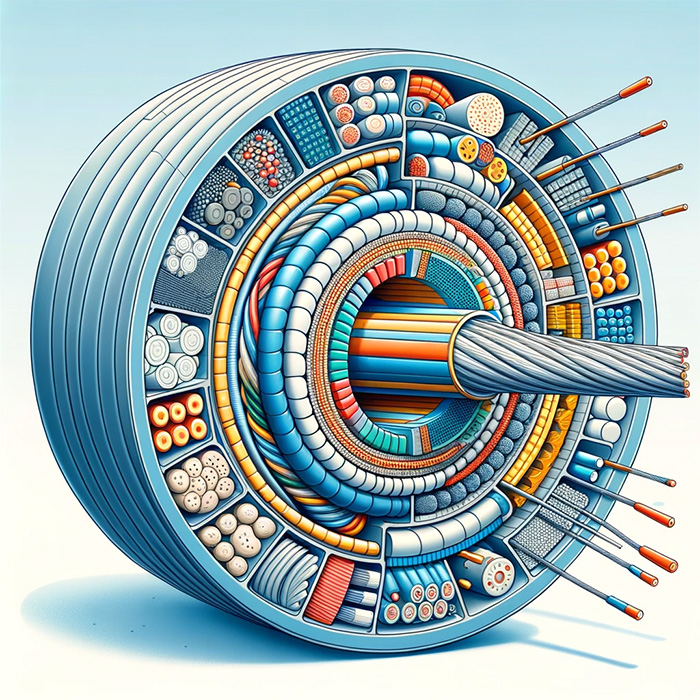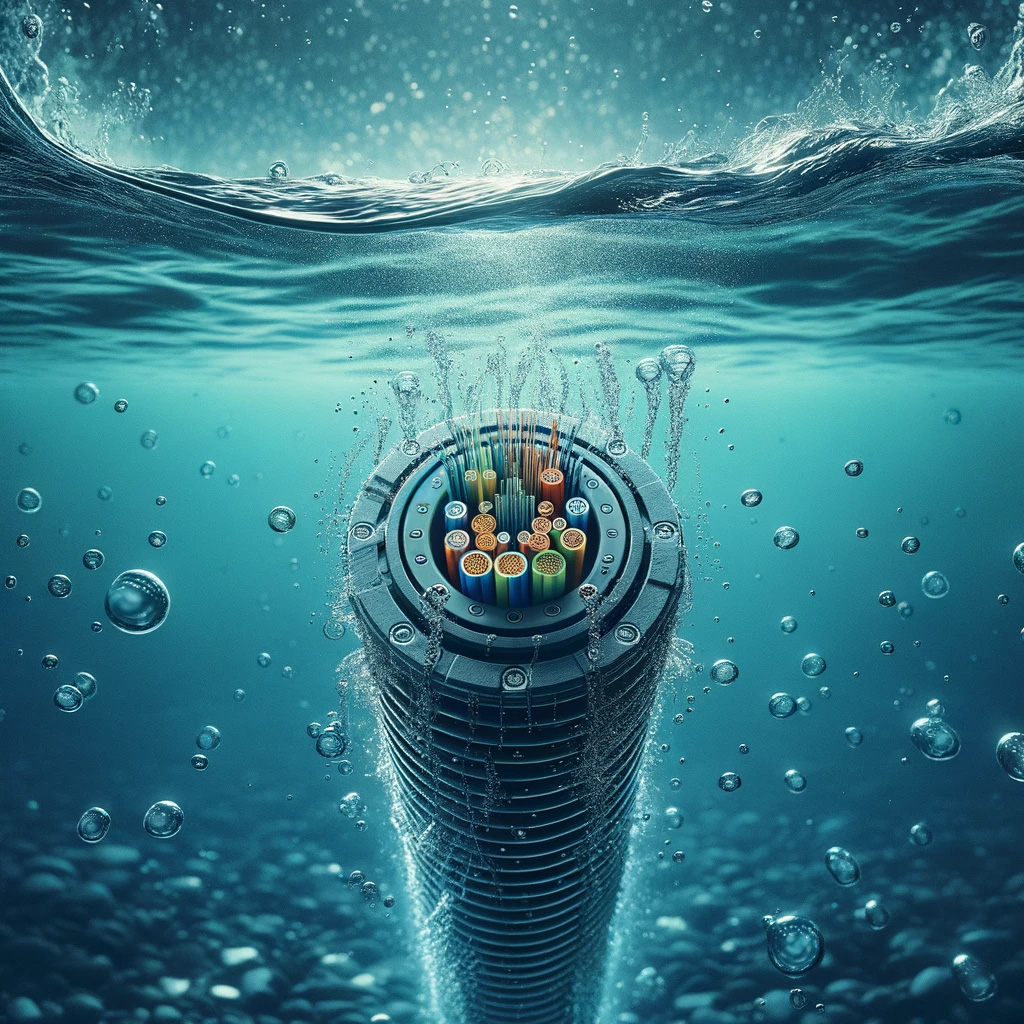Materials and Composition
The composition of submersible cables is critical to their performance. Most submersible cables consist of copper or aluminum conductors, known for their excellent conductivity. These conductors are insulated with specialized materials, such as rubber or PVC, ensuring they remain watertight. The outer sheath is made of robust and durable materials, offering additional protection against wear and tear, abrasion, and corrosive environments.

Key Applications
Submersible cables find their use in various sectors. One of the most common applications is in submersible pumps, used to extract water from borewells. These cables provide power to the pump, ensuring smooth operation. Additionally, they are used in underwater lighting systems, marine applications, sewage treatment plants, and even in underwater surveillance systems. The versatility of these cables makes them indispensable in numerous underwater scenarios.
Factors to Consider When Choosing
When selecting a submersible cable, several factors come into play. The depth at which the cable will be used determines the pressure it needs to withstand. The type of water (fresh, saline, or chemically treated) affects the cable's material choice. Additionally, considering the cable's length, voltage rating, and current carrying capacity is crucial to ensure optimal performance and safety.
Maintenance and Longevity
Regular maintenance and inspections are vital for the longevity of submersible cables. Over time, constant exposure to water and potential mechanical stresses can lead to wear and tear. Regularly checking for signs of damage, corrosion, and ensuring the insulation remains intact can significantly enhance the cable's lifespan. Moreover, using protective measures like cable guards can prevent physical damages.
Conclusion
Submersible cables play a pivotal role in various underwater operations. Their unique design and composition ensure they deliver power and data efficiently, even in challenging environments. By understanding their construction, applications, and the factors to consider when choosing the right cable, one can make informed decisions, ensuring safety and optimal performance.





